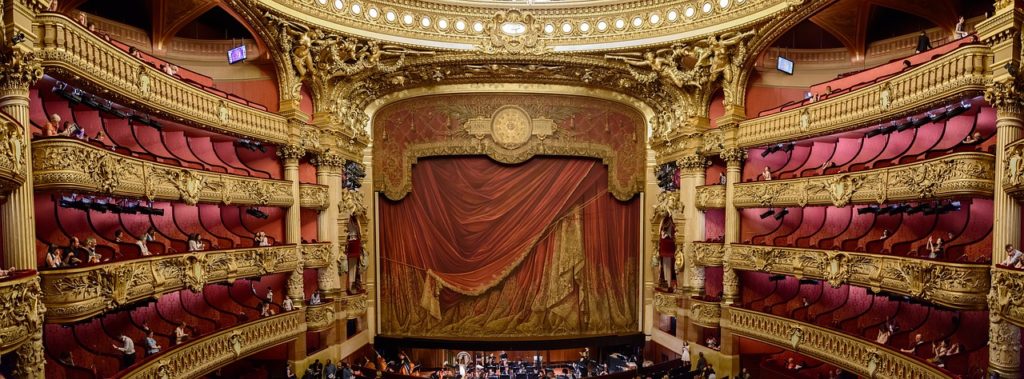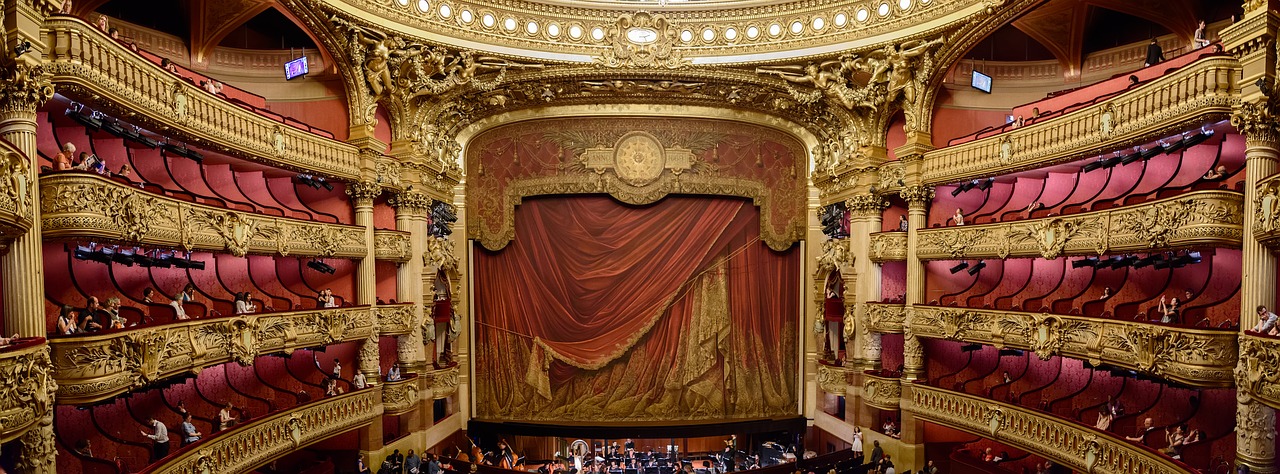
This Week’s Insights: Algorithmic popularity is increasingly problematic… Are our venues unfriendly to first-time visitors?… Debates over how to behave in the theatre… The problems of too much audience… Subscribers are fleeing traditional cable TV.
- The Problem When Algorithms Decide Popularity: We still equate popularity with worthiness. If so many people are paying attention to something, then surely it’s worth checking out, right? But when algorithms make things super-popular by putting them in front of everyone, then you’re not getting a measure of quality but quantity. How self-reinforcing is it? “YouTube wants to recommend things people will like, and the clearest signal of that is whether other people liked them. Pew found that 64 percent of recommendations went to videos with more than a million views. The 50 videos that YouTube recommended most often had been viewed an average of 456 million times each. Popularity begets popularity, at least in the case of users (or bots, as here) that YouTube doesn’t know much about.” And this is what determines success? Or guides what our culture pays attention too?
- Unfriendly Territory? What if you have never been to the theatre before? Does it seem welcoming? A place you want to be in? Could the entrance also be seen as a barrier that feels as if it is there to keep you out just as much to welcome you in? Once you get inside, how do you know what to do and where to go? It can make theatregoing feel as if it’s an exclusive club to which you don’t have the right membership, and one that is likely to fill you with rising panic, adding to the sense that you don’t belong there. When you’re used to being in a space, it’s easy to overlook all the little ways it might not be welcoming.
- Rules Of The Road – What’s Acceptable Behavior In Public? People have been debating this for centuries. “[The larger issue is] what happens when a large number of people are concentrated together in a public space and have different ideas of how we should all behave. … We see these moral panics in other crowded spaces, too.” And sometimes the policing of behavior scares away the very communities that arts organizations are trying to reach out to.
- When Too Much Audience Is A Problem: The world’s tourist attractions are increasingly overwhelmed with visitors. Not only do excessive crowds degrade the experience, they can also do damage. The Vatican Museum, for example: “Tour guides claimed that at least 10 visitors fainted each day as slow-moving crowds filed through the long and narrow corridor that leads to the most popular attraction, the Sistine Chapel, while others have suffered injuries and panic attacks. … [There are even] fears among tour guides that overcrowding could provoke a stampede unless security policy is changed.” So maybe it’s time to limit visitors?
- The Stampede Away From Conventional TV: Record numbers of subscribers cut the cord last quarter. More than 80% of pay-TV subscribers in the U.S. come from four cable and satellite providers: AT&T, Comcast, Charter and Dish. Those companies together lost 887,000 subscribers this quarter, mostly driven by big losses at Dish and AT&T. Where are they going? Streaming services. But as the streaming field gets more and more crowded, they’re starting to resemble traditional cable and satellite packages.

Leave a Reply